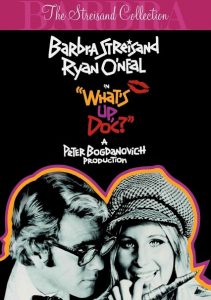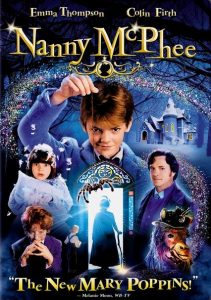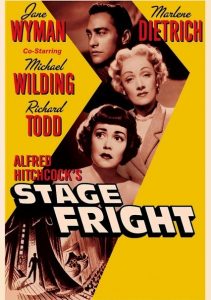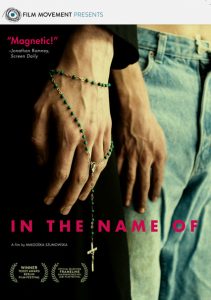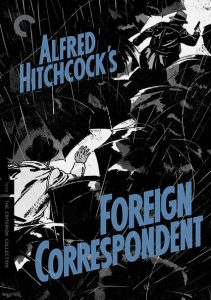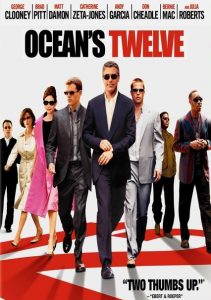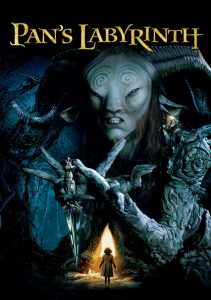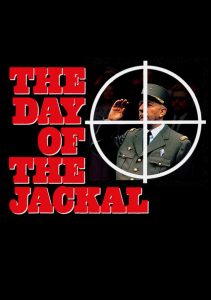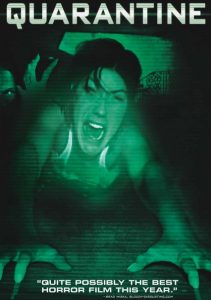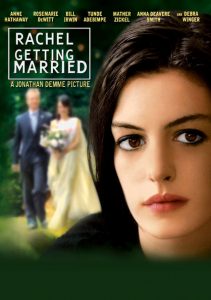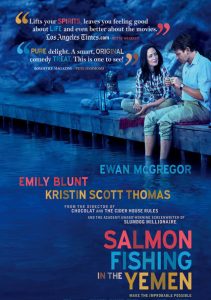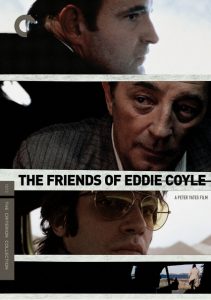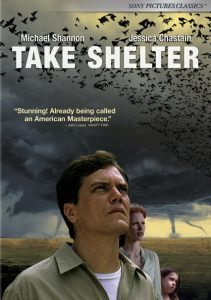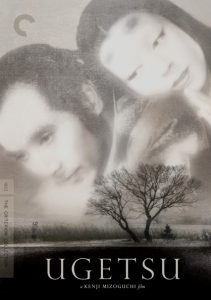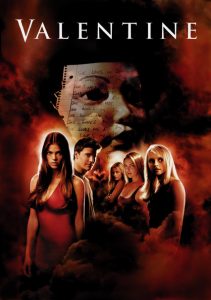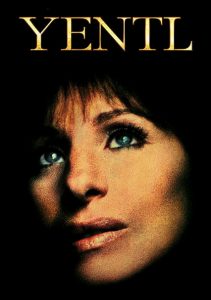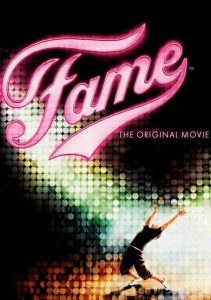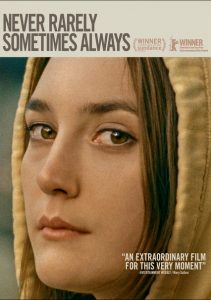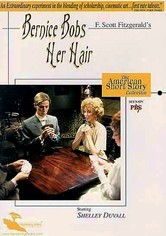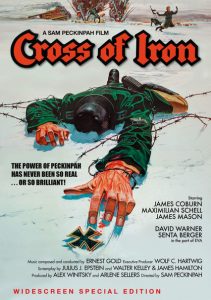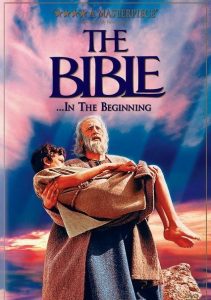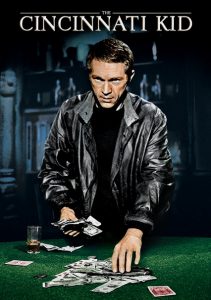What’s Up, Doc? -1972
Director Peter Bogdanovich
Starring Barbra Streisand, Ryan O’Neal
Scott’s Review #1,162
Reviewed July 20, 2021
Grade: B+
Careful trepidation must be advised for filmmakers chartering into humorous or slapstick comedy waters especially if known more for dramatic films.
Since we’re talking 1970s cinema here, there is only one Mel Brooks, and plenty of films with physical humor and gags fail miserably.
What’s Up, Doc? (1972) is not one of them and is a refreshing success.
Brooks’s influence can easily be seen throughout the film and this is no surprise. Before doing any post-film research I immediately was reminded of the popular television sitcom Get Smart which ran from 1965-1970.
Buck Henry, a frequent Brooks collaborator, co-created Get Smart and wrote the screenplay for What’s Up Doc?
The antics and comedic moments scream Brooks. If one is unfamiliar it is like watching a Mel Brooks film.
Director, Peter Bogdanovich, most notably known for the 1971 masterpiece, The Last Picture Show, changes course and instead goes for comedy with lots of screwball situations and physical comedy activities that are completely different from his previous works.
Speaking of Brooks, Madeline Khan, a mainstay of his films, makes an appearance as a particularly neurotic character named Eunice Burns. It is her first film role.
I must say I was thoroughly impressed by What’s Up, Doc? which oddly pairs two Hollywood superstars of the time, Barbra Streisand and Ryan O’Neal. One might be surprised to think of the duo as romantic partners, and the chemistry comes and goes throughout the film but the antics and quick dialogue are joyous and timed perfectly between the actors.
What’s Up, Doc? intends to pay homage to comedy films of the 1930s and 1940s, especially popular Warner Bros. Bugs Bunny cartoons, hence the title, but the reference doesn’t appear until the final scene.
This caused me to ponder why the specific title was used.
The premise goes something like this. Doctor Howard Bannister (O’Neal) arrives in San Francisco to compete for a research grant in music. He is accompanied by his overbearing wife, Eunice (Khan).
Already nervous and on edge because of Eunice, he meets a strange yet charming woman named Judy Maxwell played by Streisand at the drugstore. They are drawn to each other yet are not sure why. She both annoys and fascinates him.
In a subplot, a woman has her jewels stolen and a government whistleblower arrives with his stolen top-secret papers. Ironically, all the players have an identical red plaid bag and stay in neighboring hotel rooms, adding to the confusion and the hilarity.
My favorite moments are the screwball scenes. Especially memorable are the hilarious sequences that take place in and around the hotel guest rooms as a constant in and out of parallel rooms transpires. Each character has a particular motivation as he or she sneaks around the hallways and rooms.
It is delightful fun.
When I realized that Streisand and O’Neal were the romantic leads I was skeptical at first but their chemistry is not bad. They are not the sort of couple that he and Ali MacGraw were in Love Story (1970) and certainly have no heavy drama to play but they play comedy off of each other well.
The film makes a joke about the film Love Story.
Unfamiliar to me, I am glad I took the chance and watched What’s Up Doc? (1972). The film provides laughs, entertainment, and good chemistry among the cast who know how to deliver rapturous humor with perfect timing.
Rated G, the film can be enjoyed by the entire family as there is not a double entendre or otherwise offensive moment to be found. Just good, old-fashioned humor. I would argue that the film influenced the 1970s as much as paid homage to comedy films made decades earlier.
I would see it again.
